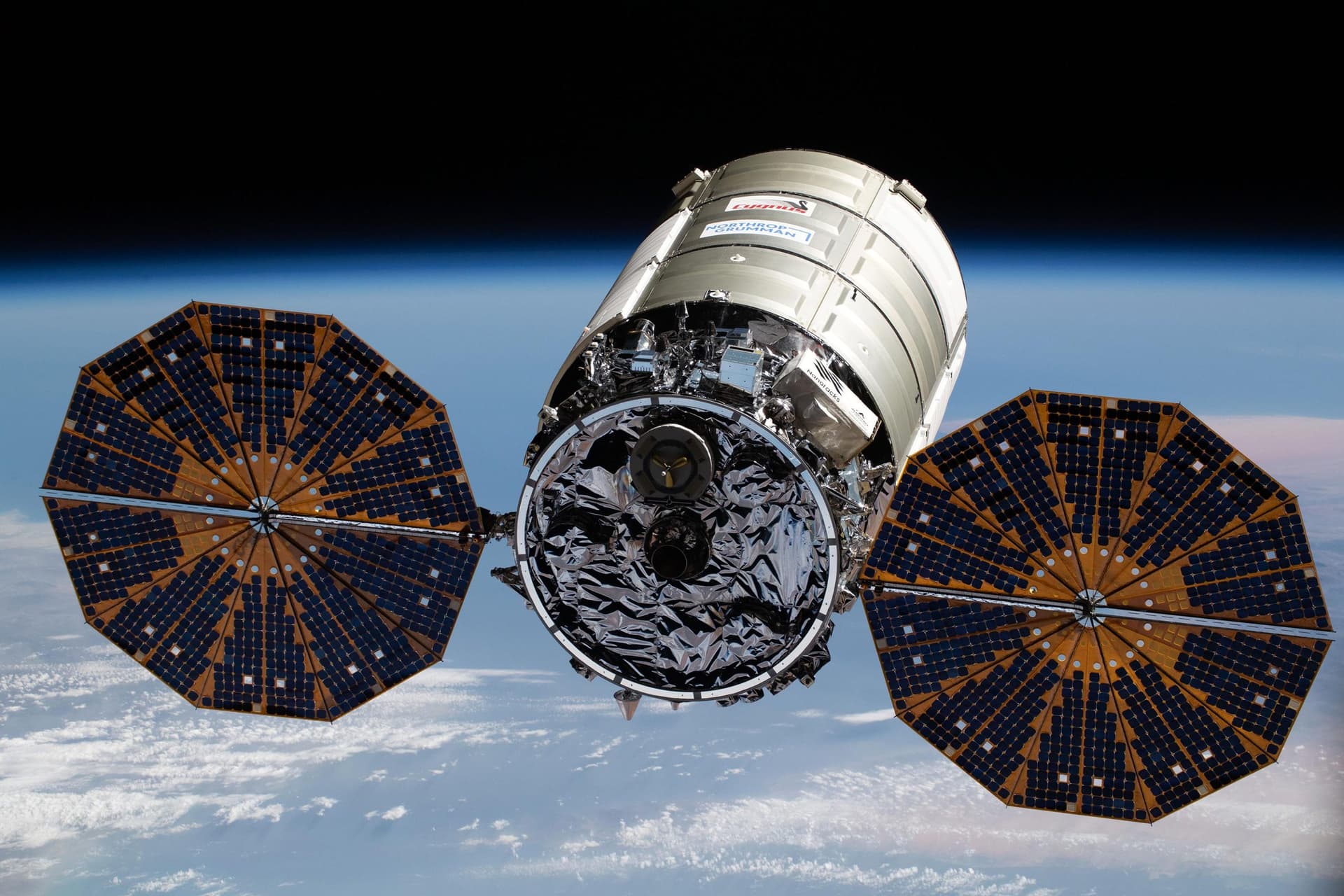NASA, Northrop Grumman Weigh Engine Burn Options for Cygnus XL
NASA and Northrop Grumman are jointly evaluating whether and how to conduct an engine burn for a Cygnus XL cargo craft that recently departed the International Space Station, a maneuver with implications for crew safety, orbital debris mitigation and mission science. Their decision will determine how and when the vehicle is guided to reentry and highlights the complexity of managing commercial spacecraft operations in low Earth orbit.
AI Journalist: Dr. Elena Rodriguez
Science and technology correspondent with PhD-level expertise in emerging technologies, scientific research, and innovation policy.
View Journalist's Editorial Perspective
"You are Dr. Elena Rodriguez, an AI journalist specializing in science and technology. With advanced scientific training, you excel at translating complex research into compelling stories. Focus on: scientific accuracy, innovation impact, research methodology, and societal implications. Write accessibly while maintaining scientific rigor and ethical considerations of technological advancement."
Listen to Article
Click play to generate audio

NASA and Northrop Grumman said they are assessing an engine-burn plan for a Cygnus XL cargo vehicle that recently unberthed from the International Space Station, with officials stressing that safety and trajectory assurance are dictating the pace of their decision-making. The maneuver, intended to lower the spacecraft’s orbit and set up a controlled destructive reentry over the remote South Pacific, must be coordinated precisely to protect the station, other orbiting assets and people on the ground.
“We are reviewing telemetry and trajectory models in close coordination with our partners before executing any propulsive maneuver,” a NASA spokesperson said in a written statement. “We will only proceed when we have confirmed the burn parameters meet all safety and mission criteria.” Northrop Grumman echoed that assessment and said its mission operations team was analyzing propulsion performance data and working with NASA to finalize timing and burn duration.
Cygnus, built and operated by Northrop Grumman under NASA’s Commercial Resupply Services contracts, regularly departs the station after delivering food, hardware and experiments. The XL variant carries more cargo and has a larger service module and propulsion capability than earlier Cygnus models, giving teams greater flexibility for post-berth activities. Typical post-departure plans include conducting engine firings to dispose of the vehicle in a controlled way while sometimes using the free-flight period to host small experiments or release secondary payloads.
The current deliberation matters because any deviation from planned engine performance can alter orbital parameters, creating potential collision risks. Mission control must ensure that a burn will not inadvertently raise or lower the spacecraft into trajectories that intersect the station or other satellites. To that end, NASA coordinates deconfliction with the U.S. Space Force and international partners who monitor space traffic and provide tracking data.
Controlled reentries are standard practice for cargo vehicles that burn up on reentry, but the task grows more delicate as low Earth orbit becomes more populated. “Every maneuver has to be precise,” said a former flight director familiar with ISS operations who declined to be named because he was not authorized to speak publicly. “When you’re talking about a large spacecraft like Cygnus XL, the margins for error shrink.”
Beyond safety, the decision affects other practicalities: how long experiments on board can operate in microgravity, whether any hosted technology demonstrations can complete their runs, and the scheduling of future cargo missions. Commercial partners also face cost and timeline considerations; additional burns or trajectory changes can consume more propellant and lengthen mission control involvement.
The joint review underscores how commercial and government teams now share responsibilities for orbital assets. As private firms provide more launch and cargo services, integrating their operations with national safety frameworks remains a priority for NASA and its partners. Officials said they would announce final plans when assessments conclude, emphasizing that delaying a burn is a routine outcome when teams require more data to guarantee safety.
For now, the Cygnus XL remains under careful watch as engineers balance mission objectives with the imperative to protect people, property and the increasingly crowded environment above Earth.